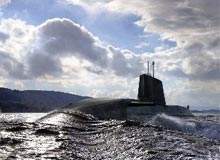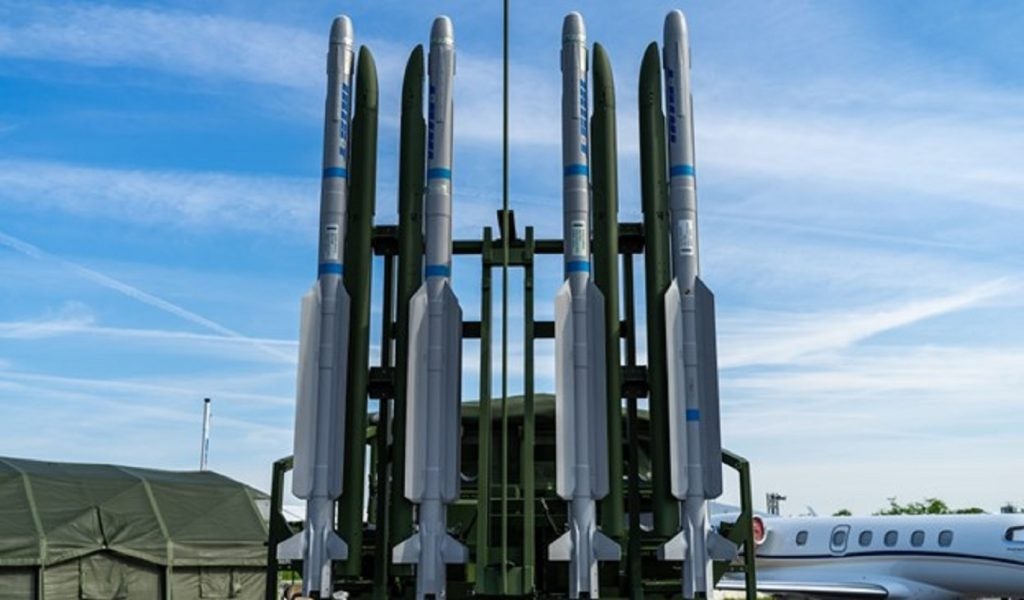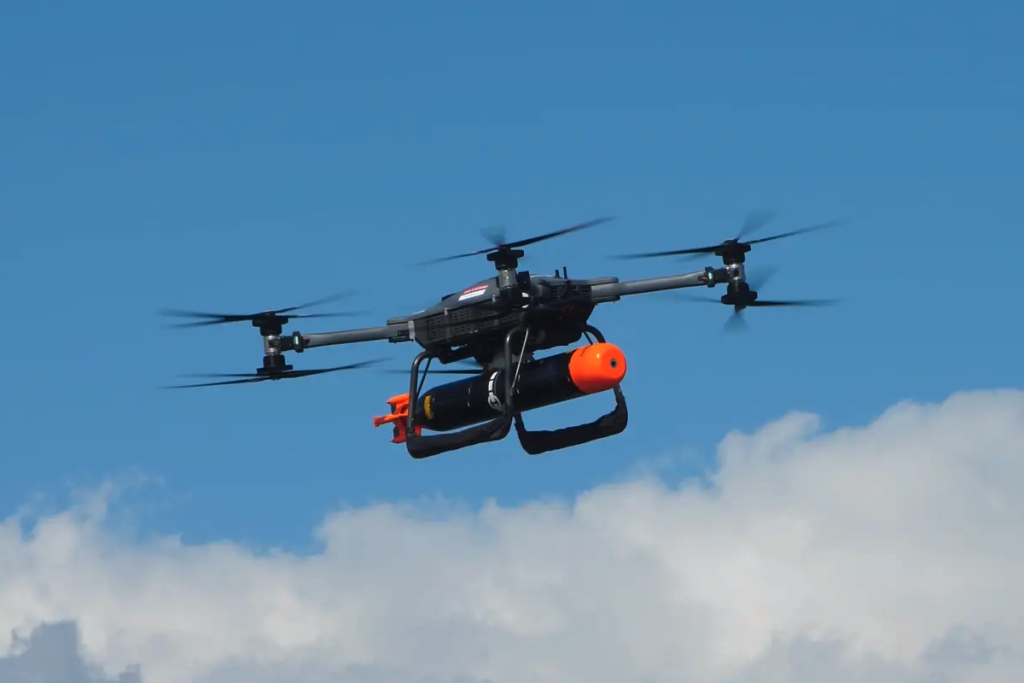
The thinking behind modern naval warfare bears little relation to its Cold War forebear. No longer do navy strategists in the West plan for conflict on the high seas between large fleets; future naval operations will take place in the littoral domain, near land and in shallow water against enemies that pose asymmetric threats.
This compressed battle space will make for a cluttered, and at times chaotic, operating environment, and the threat by, and from, modern stealthy submarines will increase correspondingly. So maintaining undersea advantage has grown hugely in importance in the past few years – as has developing the technology to underpin it.
A key area of development is in systems to maintain a real-time awareness of the battle space, in technologies such as underwater acoustics, combat control, sensors (on and off-board, in the shape of unmanned underwater vehicles) and communications, and with an overarching strategy of providing network-enabled solutions incorporating existing as well as future technologies.
But since submarine forces are part of a nation’s strategic deterrent, defence contractors are usually tight-lipped about the exact nature of these developments. BAE Systems, one of the world’s leading players in this market, has however agreed to give naval-technology.com a glimpse of what the future will hold.
How well do you really know your competitors?
Access the most comprehensive Company Profiles on the market, powered by GlobalData. Save hours of research. Gain competitive edge.

Thank you!
Your download email will arrive shortly
Not ready to buy yet? Download a free sample
We are confident about the unique quality of our Company Profiles. However, we want you to make the most beneficial decision for your business, so we offer a free sample that you can download by submitting the below form
By GlobalDataThe company is the only provider of nuclear submarines to the UK military – the first of its new Astute Class of vessels is due to enter service next year –and it has an established presence in the littoral theatre of warfare with systems such as the Sting Ray lightweight anti-submarine torpedo, which entered service with the UK’s Royal Navy in 2006, the Spearfish heavyweight anti-submarine torpedo and the new 2076 sonar.
See Also:
This is what David Northam, head of combat systems engineering in the company’s submarine solutions division, had to say:
Guy Richards: Would you agree with this statement by the US Navy; ‘Naval operations in the future will be centred on dominating near-land combat, and rapidly achieving area control despite difficult traffic propagation profiles and dense surface traffic.’?
David Northam: For the surface navy, yes, although submarines have different functions, such as protecting and deploying the strategic deterrent. But they do support area control, as evidenced by the use of Tomahawk land attack missiles during the Kosovo campaign and, later, against targets in Iraq and Afghanistan.
GR: The US Navy also says its development priorities are; ‘sensor over weapon, network over platform.’ Do you think the same applies on this side of the Atlantic?
DN: It’s true that using weapons intelligently is critical, and coordinating assets through a network is essential, but the priority for the UK is more about affordability and maintaining our worldwide commitments.
GR: Effective real-time underwater operations require a wide variety of assets but which are the key areas of development in submarine electronic warfare at the moment?
DN: There is a lot of progress in the development of sensors – for example, telescopic masts incorporating digital camera capabilities. These systems allow submarine crews on the command deck to share images; before, only the commander could see what was going on, through the periscope. The technology will allow the latest submarines to transmit these images to other parts of the fleet.
On this latter point, remember that submarines are working as part of a fleet, so communications are naturally another important area, although here all I can say is that there is transnational work going on in underwater communications using acoustic technologies.
Satellite communications are especially important here too, but again I can’t give details.
One key specific development is the 2076 sonar system on the new Astute and existing Trafalgar class submarines, the largest system of its kind in use at the moment. [The company says one Royal Navy crew considers the system so powerful it could identify the QE2 leaving New York harbour from a position in English Channel.]
But part of that effectiveness is related to having very quiet submarines, and this stealth capability is a good example of how developments in one capability improves the effectiveness of another.
GR: Can you give any details of the innovations that are coming out of R&D to address these issues?
DN: In general, all I can say is we are pursuing developments within open systems architectures and towards a ten-year objective of a common combat system across the flotilla.
GR: This implies a broad parallel with developments in the British Army’s future rapid effects system and the US Army’s future combat systems, in their use of COTS components and facility for platform upgrades. Is that the case?
DN: To answer that it’s important to understand first that we’ve moved from a technology base driven by military investment to one driven by the business environment. The issue is simply one of affordability. The old way of building for the military is no longer affordable, not even in the US.
So COTS is clearly important to us. For example, maintaining air quality in submarines is vital, obviously, so in the Astute class we’re using an air circulation plant adapted from a commercial system that’s smaller – space is at a premium in submarines – and more reliable than anything we’ve used before.
And in terms of platform upgrades, running the 2076 sonar for example currently takes the processing power of the equivalent of about 2,000 laptops, but future upgrades in that power will mean the system will be able to do new and more difficult things. Also, future computing hardware will take up less room – again the issue of space – making room for other, as-yet unspecified kit.
But remember that every piece of kit we use has to be ‘fit for purpose’. Submarines are harsh environments, especially for electronics, so in this respect we have to house them in special cabinets, creating the need to manage carefully the heat dissipation and consequent air quality – which brings us back to the issue of protecting the on-board atmosphere.
These are tough environments, with tough challenges.
Building these vessels is akin to sending a vehicle into outer space – in fact I’ve heard it said that building a nuclear submarine is more challenging than building the space shuttle.
GR: Some critics argue that these network-centric platforms are all well and good when deployed by forces of one nation but that there could be problems with intercompatibility when multinational forces – for example, in peace keeping roles – need to be deployed. What is your view on this?
DN: This is a problem we are addressing constantly – intercompatibility is essential. And we’re addressing it in various ways, for example by buying some of our antennas from the US and integrating some systems through a German contractor.
GR: This arena, with its emphasis on measures and countermeasures, is a prime example of the leapfrogging principal of technology. Will this principal simply continue?
DN: The Cold War drove the development of capabilities; that pressure doesn’t exist now. The challenge now is to maintain capability at an affordable price.







